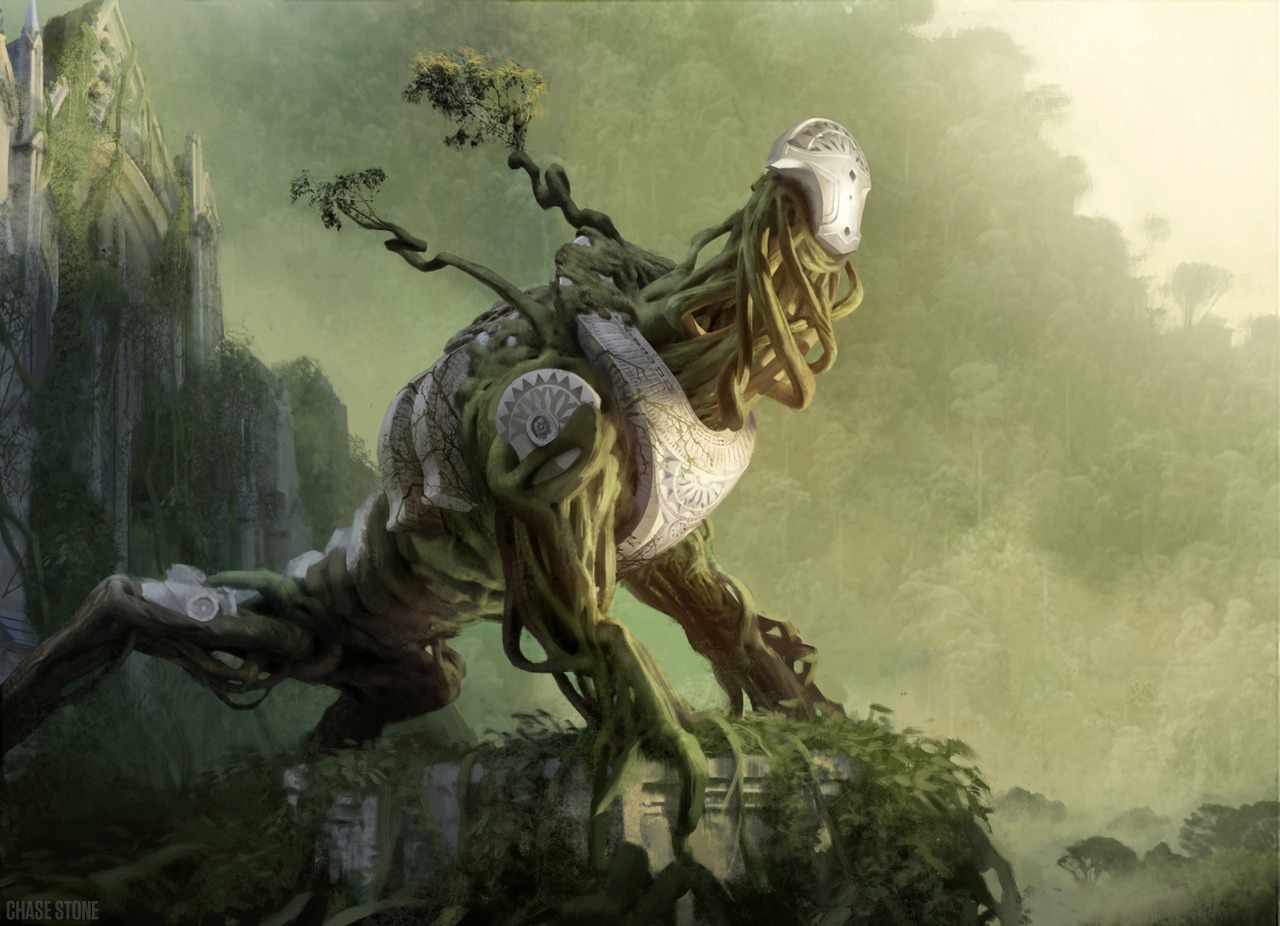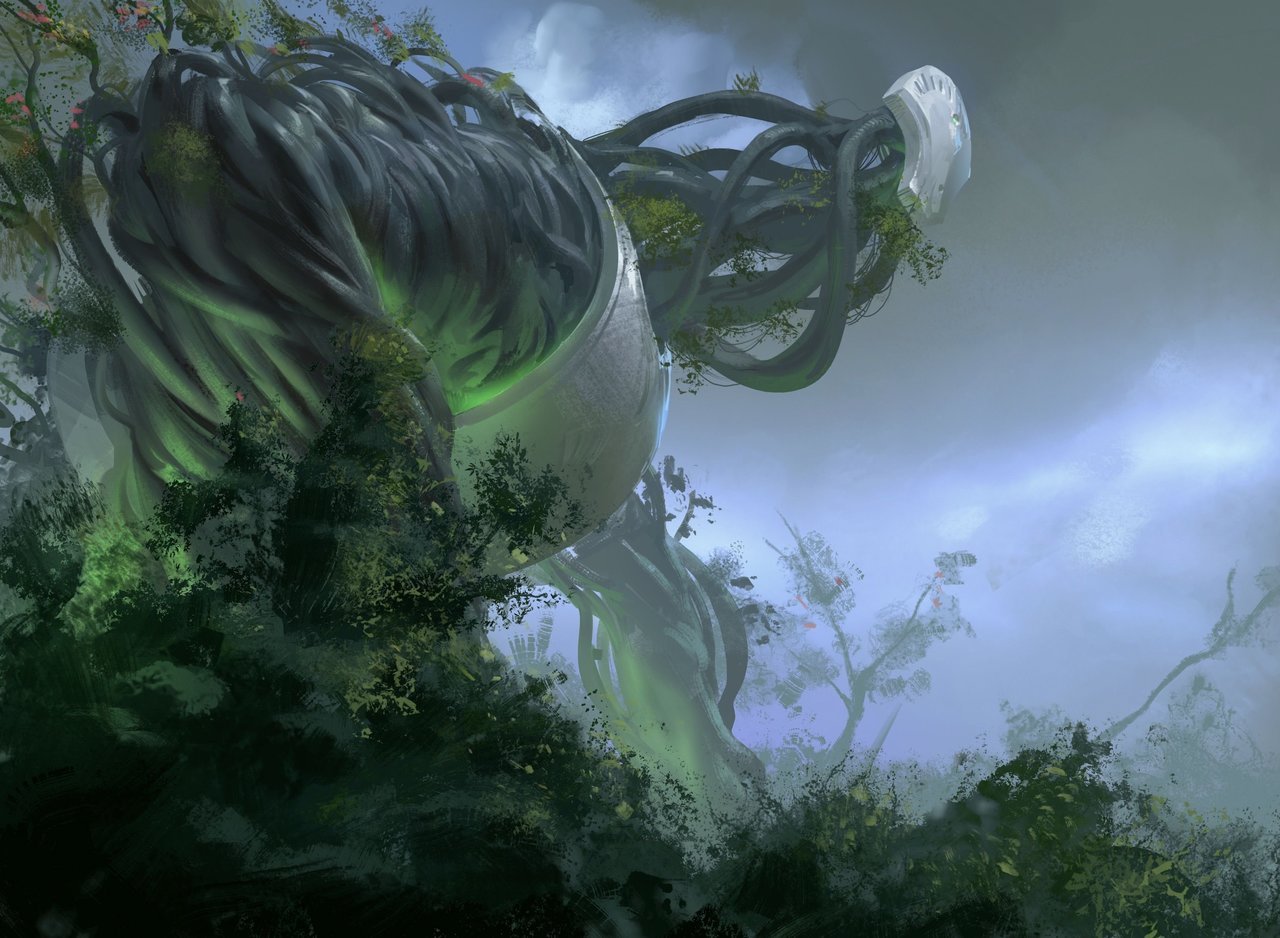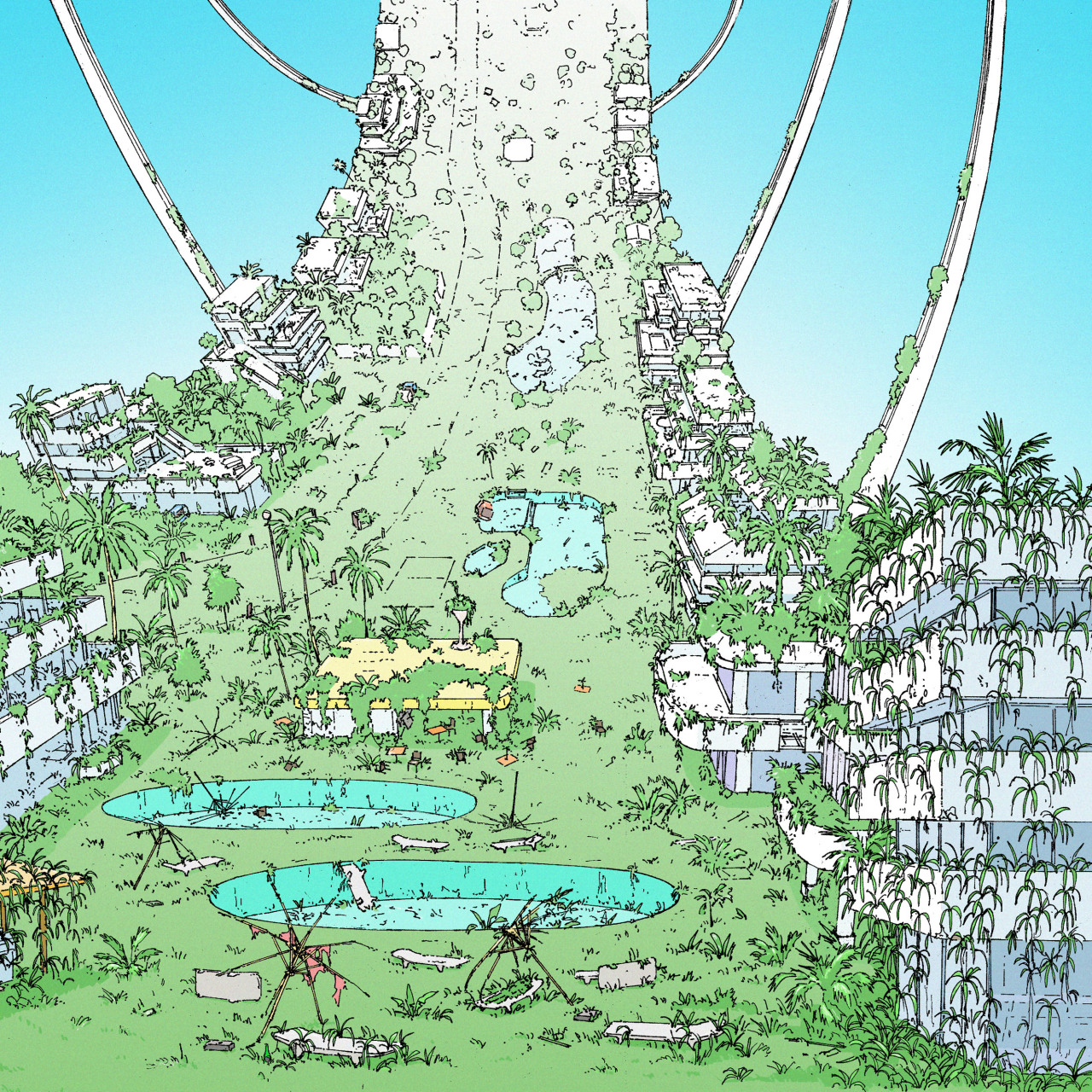I decided to dust off this blog to post something a little longer then would fit on Mastodon. I’ve been fascinated with the idea of running a post-apocalyptic game for a long time. It has all the upsides of typical fantasy settings, which is no large governmental network to provide aid, which makes room for a lot of adventures, and yet also allows for modern and science fiction concepts. If I have any readers of this blog left from back when I posted regularly, I’m sure you will be utterly unsurprised by this.
My views on this are heavily influenced by Daybreak 2250 AD by Andre Norton. I read this novel as a kid, and at least once or twice since then, and the images of the protagonist exploring the ruined city not to get weapons or armour, but useful things for his village of people, paper, food, books with useful knowledge have stuck with me to this day.
After that, the earliest influence on me was reading articles on Gamma World in Dragon Magazine as a kid, and seeing all the wild and strange art, mutated creatures and so on. That is the first post-apocalyptic setting I searched for on the internet when I was a kid, and it lead me to the others. I found it’s early fansites tended to lean into what was called back then a more “Gonzo” play style. Very silly, anything goes type of stuff, which wasn’t what I was looking for. However, recently Tumblr posts about it, such as those by Black Ray Gun have made me more interested in the aesthetic, with devices made out of scrap and used for purposes never intended, and the colour of it, after years of Bethesda’s Fallout games green and grey and brown.
When Fallout 3 came out, I being a fan of Oblivion got it, and it made me fall deeply in love with Bethesda games. While it certainly had its issues with the writing of the main story quest, it got the feeling of walking thorough abandoned buildings very well, as did Fallout 4 to a large extent. These games I have issues with though. Particularly in Fallout 4, why are people living in shacks full of holes when there are hundreds of large, dead trees around that could be cut down to make shelter? Why are people not living in log cabins?
The final piece of inspiration for this setting mix is anime. I found Wolf’s Rain after watching Cowboy Bebop during my undergrad, and wanting more like it. It wasn’t like it, at all, but it has a sequence that has stuck with me, where the main characters are venturing through a ruin and are attack by an old war robot following long-forgotten orders. More directly relevant is the asthetic and world of Nausicaä of the Valley of the Wind. The contract between the creepy radioactive wastes, the vibrant colours of the toxic forests, and the pastoral landscape of the valley of the winds feels right. People are building new things, using what technology they can, and making due with older bits when they can’t. They KNOW what cars and such are, but they don’t necessarily have the technology base to make new ones, so they use pack animals. They mostly use their own stuff, but are fine with scavenging, though they mostly do so from the natural forest rather then the ruins.
In high school and university I moved into running The Call of Cthulhu due how easy it is to teach, and left this idea alone. However, I ran a campaign of my own making for the first time recently, rather then working in an existing campaign setting, and I liked the feeling. It didn’t last long due to me not having the focus to keep a play by post game running while dealing with grad school, but it gave me a taste. Now I want to run something similar, something I can adapt per-existing adventures to but with my own flavour. Now, due to one of my partners being VERY much not into dark, apocalyptic settings, so I’m thinking of a more stable setting.
The players are from an established farming community that is doing well, and there isn’t that much for them to do during the summer, so they head out after planting, with the goal of finding things that will help their community and getting back before the harvest when their help is needed. Anything from toys for children, new types of seeds, textbooks (or really, any books), tools, or even contact with other communities so that trade deals and mutual aid can be set up. To do this the players would have to explore the local area beyond where the village normally travels, based on the stories of the older members of the community and maps purchased from traders. Track down rumours of ruins in the wilderness, and so on.
Perhaps they find a broken truck in the wilderness, still full of canned food, a perfect emergency stash for their community in case of a bad harvest. Then the adventure then becomes how do they get this back to their community without a working truck? The other thing would be finding good tables of STUFF for the players to find and letting them figure out how it could help their community. I love seeing players being creative in ways I didn’t anticipate and that sort of thing would be very cool.
Honestly, the hard part as a DM would be making sure to show all the small ways the players were improving the town over time, making the players feel good about what they are doing. Kind of like what Three Dog did in Fallout 3, those broadcasts did a lot to make me feel connected to the world and part of it.
Anyway, no idea if anyone will see this after most of a decade, but it was fun to write and get my ideas down.
Until I post again, whenever that is, stay geeky.
–Canageek






